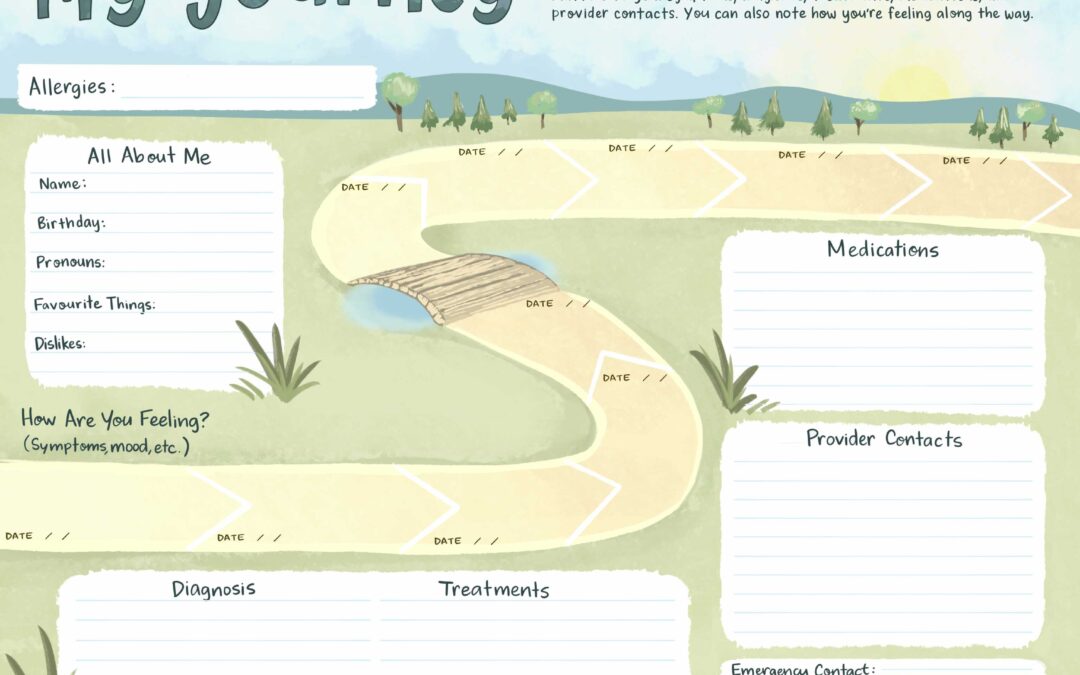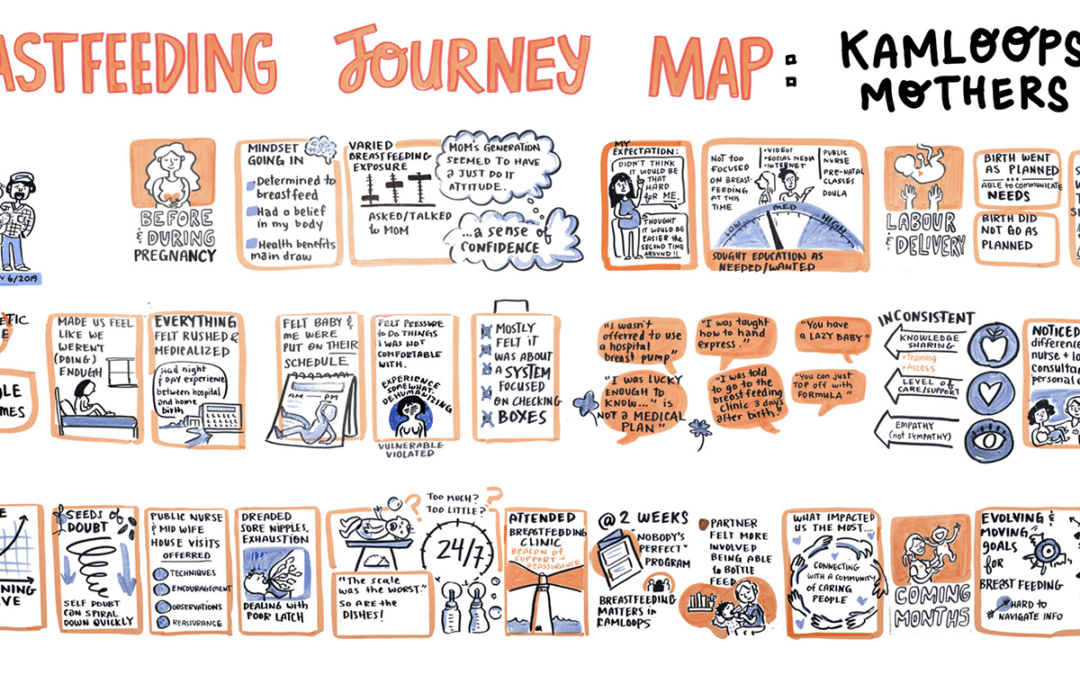It’s a familiar scenario for many of us: you’re at a party and you’re introduced to someone new. You shake hands with this new person, make eye contact, and you exchange three words: “Hi, I’m _____.” As soon as their name is said, it vanishes from your memory, gone from your brain as if it were dandelion fluff on the wind.
In his book, Moonwalking with Einstein, Joshua Foer examines the impact of memory on our lives and the proven techniques that help you remember that new person’s name. The secret lies in visualization — creating a strong, often bizarre, image in our mind to represent what we want to remember.
“Hi, I’m Jennifer.” Jennifer jogging around the party, spearing jub-jubs with a javelin.
“Hi, I’m Todd.” Todd with a giant “T” growing out of his head, looking very odd.
These techniques have been used by the ancient Greeks through to competitors in the World Memory Championships today. Visuals are the most effective way to imprint information in our brains; it’s known as the picture superiority effect.
How are visuals being used in business?
Integrating graphic recording, visual presentations (begone, bulleted Power Points!), infographics, and a variety of other visuals is becoming the norm at many meetings and conferences. What better way to make information stick than to have it visually depicted? The brain absorbs visuals quickly and, just like with memory techniques, participants will recall key information well after the meeting.
Best practices
What’s the best way to make these visuals “stick”? It’s crucial that visuals are integrated well at meetings — graphic recording, for example, shouldn’t be an add-on or “just a pretty picture.” If possible, the graphic recorder should be a part of the planning process for the meeting to ensure participants get the most value out of this engaging tool. By collaborating with the meeting facilitator, a graphic recorder can help prepare key graphics before the meeting, plan different options for mapping the conversation, and discuss how participants can engage with the graphic recording during the meeting.
Furthermore, it’s important graphic recordings continue to have an impact after the meeting. This can be done by creating a Prezi out of the graphic recordings, which dynamically walks viewers through the visuals and can be embedded on websites. Or the graphic recordings can be compiled into a visual report with supporting write ups summarizing the discussion — a valuable take-away for participants to refer to. Some graphic recordings are later turned into whiteboard videos, bringing the graphics (and the meeting!) to life once again.
Graphic recording is just one of many visual techniques to make information really stick in our memories. Check out my portfolio to see how other organizations have used graphic recording, whiteboard videos, and custom illustrations to boost their meetings!




